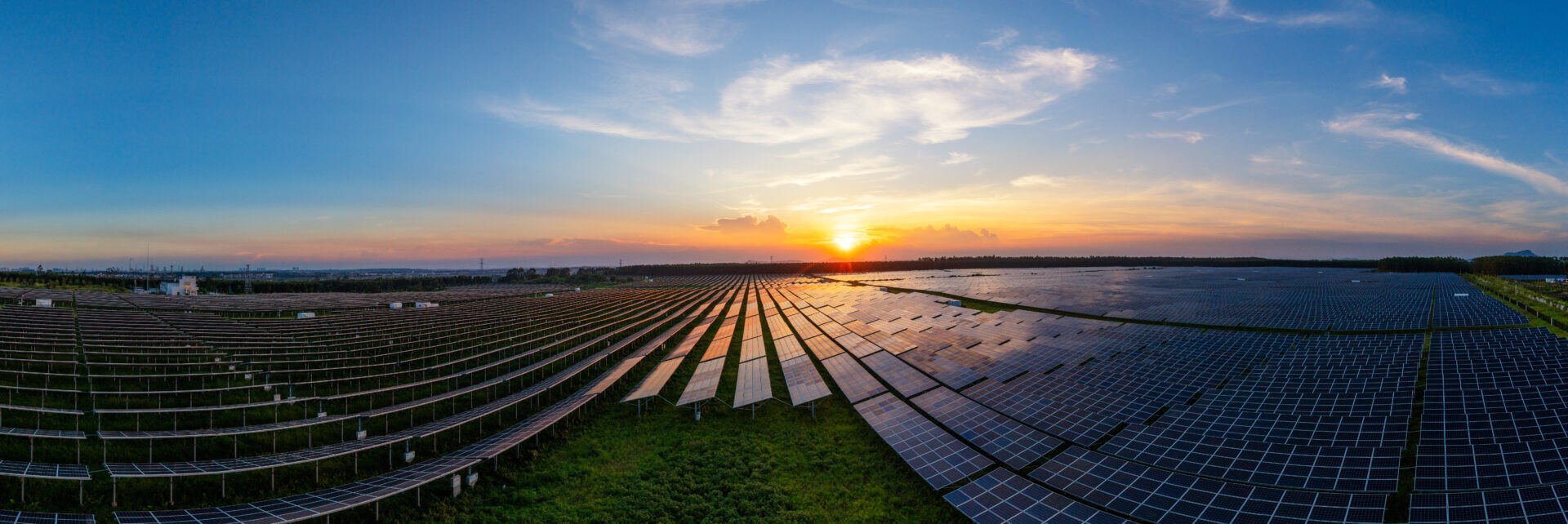DATA INTENSITY IS THE QUESTION, “CLOUD FIRST” IS THE ANSWER
Our power system is undergoing significant change. The number of DERs connected to the grid is increasing exponentially – what's next?

Stay in touch
Subscribe to our newsletter for expert insights, company updates, and the latest in renewable energy management solutions.
By Dave Roberts, Chief Business Development & Partnerships at Power Factors
This year’s GridTECH Connect Forum proved to be an exciting mix of ideas and discussions around the future of distributed energy resources (DERs). I was honored to host a roundtable discussion on FERC 2222 and data sharing, and there was so much interest and so many questions that I thought I’d keep the conversation going in this article series.
Our power system is undergoing significant change. The number of DERs connected to the grid is increasing exponentially — at our homes, our parking lots, and at large utility-scale projects on high-voltage systems, sometimes miles off our coasts.
The key thing to understand is that DERs come with a much higher data intensity per megawatt of generation capacity compared to conventional, thermal, and even nuclear generation assets. The good news is that a combination of edge and cloud technologies provides the necessary fabric to integrate hundreds of thousands of these generating assets — along with their billions of data streams.
As a market leader and a trusted partner to more than 300 customers globally with over 200 gigawatts on our platform, we are always asking ourselves: “How do we help our customers stay ahead of the constant growth and innovation of the renewables market? Whether it’s staying on top of increasing data demands, helping with complex data quality requirements, or creating secure data-sharing ecospheres — how can we offer innovative applications that help drive performance and operating efficiency for our customers?”

That is what we had in mind when we identified moving to the cloud as the next logical step in our transformational growth as one united Power Factors. This move supports our mission to enable a clean energy future and accelerate the global energy transition with an even more comprehensive and secure solution set.
With the transition to renewables outpacing previous projections and the rise of distributed renewable energy across the market, we needed to find a way to meet the demands of an increasingly connected ecosystem with more asset classes deployed in various use cases across the globe. Partnering with AWS Cloud is our answer.
Migrating from the previous system that underpinned our existing solutions was a sound decision, and the next step for Power Factors. Moving to AWS Cloud allowed us to reduce our IT infrastructure costs, while providing us with increased scalability and far more flexibility than its predecessor could ever offer — allowing us to keep pace with the growing renewables market and the expanding needs of our customers.
Stay tuned for future articles in this series. Over the coming weeks, I will be discussing access to a powerful range of services, from increased data storage to machine learning and artificial intelligence, and – importantly – enhanced and trusted security that protects and actively safeguards critical data from cyber threats in real-time, while enabling the necessary data exchanges required to run the complex power grid.
Were you at GridTECH or DISTRIBUTECH this week? I’d love to hear your thoughts on the roundtable I hosted on FERC 2222 and the idea of a “data ecosphere” that encourages secure data sharing among owners and operators of DERs.
Dave Roberts is Chief, Business Development and Partnerships at Power Factors and has over 20 years of senior leadership experience spanning development, operations and services. Prior to his role at Power Factors, Mr. Roberts is the founder and CEO of a startup: SenseOps, Inc. SenseOps was founded to develop edge-based software IIoT solutions connecting distributed renewable energy assets leveraging IoT hardware and pervasive connectivity.
Prior to Power Factors and SenseOps, he spent 12 years at OSIsoft in various executive roles. As Global VP for Business Development, Mr. Roberts managed OSIsoft’s vertical industries, including Power, T&D, Oil & Gas, Metals & Mining, Chemicals, Pharmaceutical and other process industries. He was also the Industry Principle for Renewable Power Generation.




-1.jpg)
